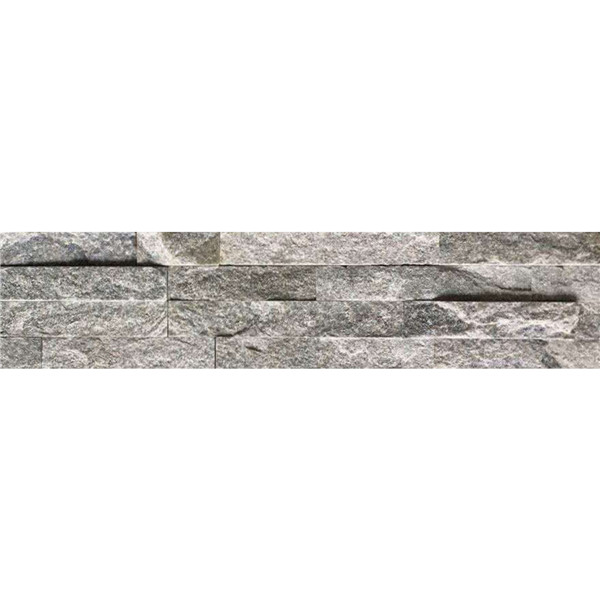Introduction
Cultured stone, also known as manufactured stone or faux stone, has become a popular choice for homeowners, builders, and architects looking to achieve the look of natural stone at a more affordable price. This versatile material is made by casting concrete into molds that are designed to mimic the appearance of various types of natural stone, such as granite, limestone, and slate.
One of the key factors that homeowners and builders consider when choosing building materials is durability. In this article, we will explore the durability of cultured stone, including its resistance to various environmental factors, its longevity, and how it compares to natural stone in terms of durability.
Durability in Different Environments
One of the main advantages of cultured stone is its durability in different environments. Cultured stone is made to withstand various weather conditions, making it suitable for both interior and exterior applications.
In regions with extreme temperatures, such as hot summers and cold winters, cultured stone has been proven to be highly resilient. The material does not expand or contract significantly with temperature changes, which helps prevent cracking and chipping. This is in contrast to natural stone, which can be more prone to damage in extreme weather conditions.
Cultured stone is also resistant to moisture, making it an ideal choice for areas with high humidity or frequent rain. The material is designed to repel water, preventing moisture from seeping into the stone and causing deterioration over time. This makes cultured stone a great option for exterior cladding, as it can help protect the underlying structure of a building from water damage.
In terms of UV exposure, cultured stone is resistant to fading and discoloration. The pigments used in the manufacturing process are designed to withstand prolonged exposure to sunlight without losing their color or vibrancy. This means that cultured stone can maintain its aesthetic appeal for many years, even in sunny climates.
Overall, the durability of cultured stone in different environments makes it a versatile and long-lasting building material that can be used in a wide range of applications.
Longevity and Maintenance

Another important aspect of the durability of cultured stone is its longevity and maintenance requirements. Cultured stone is known for its long lifespan, with many manufacturers offering warranties of up to 50 years on their products. This means that once installed, cultured stone can last for decades without needing to be replaced.
To maintain the durability of cultured stone and ensure its longevity, proper care and maintenance are essential. Cultured stone is relatively low-maintenance compared to natural stone, but some basic upkeep is still required to keep it looking its best.
Regular cleaning is one of the key maintenance tasks for cultured stone. Dirt, dust, and other debris can accumulate on the surface of the stone over time, dulling its appearance and potentially causing damage. To clean cultured stone, simply use a mild detergent and water solution and scrub the surface gently with a soft brush or cloth. Avoid using harsh chemicals or abrasive cleaners, as these can damage the surface of the stone.
Sealing cultured stone is another important maintenance task that can help enhance its durability. Sealing the stone helps protect it from water penetration, staining, and other forms of damage. Most cultured stone manufacturers recommend applying a sealer to the stone every few years to maintain its protective properties.
In addition to regular cleaning and sealing, it is important to inspect the cultured stone periodically for any signs of damage, such as cracks, chips, or discoloration. Addressing any issues promptly can help prevent further damage and extend the lifespan of the stone.
Comparing Cultured Stone to Natural Stone
When it comes to durability, cultured stone compares favorably to natural stone in many aspects. While natural stone is known for its strength and durability, it can also be more prone to certain types of damage, such as cracking, chipping, and staining.
One of the key advantages of cultured stone over natural stone is its uniformity and consistency. Cultured stone is manufactured to exact specifications, ensuring that each piece is of consistent quality and appearance. This uniformity makes it easier to install and results in a more cohesive and seamless look when used in large-scale projects.
Natural stone, on the other hand, can vary in color, texture, and thickness, which can make installation more challenging and time-consuming. Additionally, the natural variations in stone can create a less uniform appearance, which may not be desirable for some homeowners or designers.
In terms of maintenance, cultured stone is generally easier to care for than natural stone. Natural stone can be more porous and prone to staining, especially if it is not properly sealed. Cultured stone, on the other hand, is designed to be non-porous and resistant to staining, making it easier to clean and maintain over time.
While natural stone is undeniably beautiful and timeless, cultured stone offers a more cost-effective and practical alternative for those looking to achieve the look of stone without the high price tag and maintenance requirements.
Conclusion
In conclusion, the durability of cultured stone makes it a popular choice for homeowners, builders, and architects looking for a versatile and long-lasting building material. Cultured stone is highly resistant to various environmental factors, making it suitable for use in both interior and exterior applications. Its longevity and low-maintenance requirements further enhance its appeal as a durable and cost-effective alternative to natural stone.
When comparing cultured stone to natural stone, it is clear that both materials have their own unique advantages and considerations. While natural stone is known for its beauty and strength, cultured stone offers a more consistent appearance, easier maintenance, and a more affordable price point.
https://www.fs-slate.com/ledgestone/ , the durability of cultured stone, combined with its aesthetic appeal and versatility, makes it a top choice for a wide range of building projects. Whether used as exterior cladding, interior accents, or landscaping features, cultured stone is sure to enhance the durability and visual appeal of any space.
